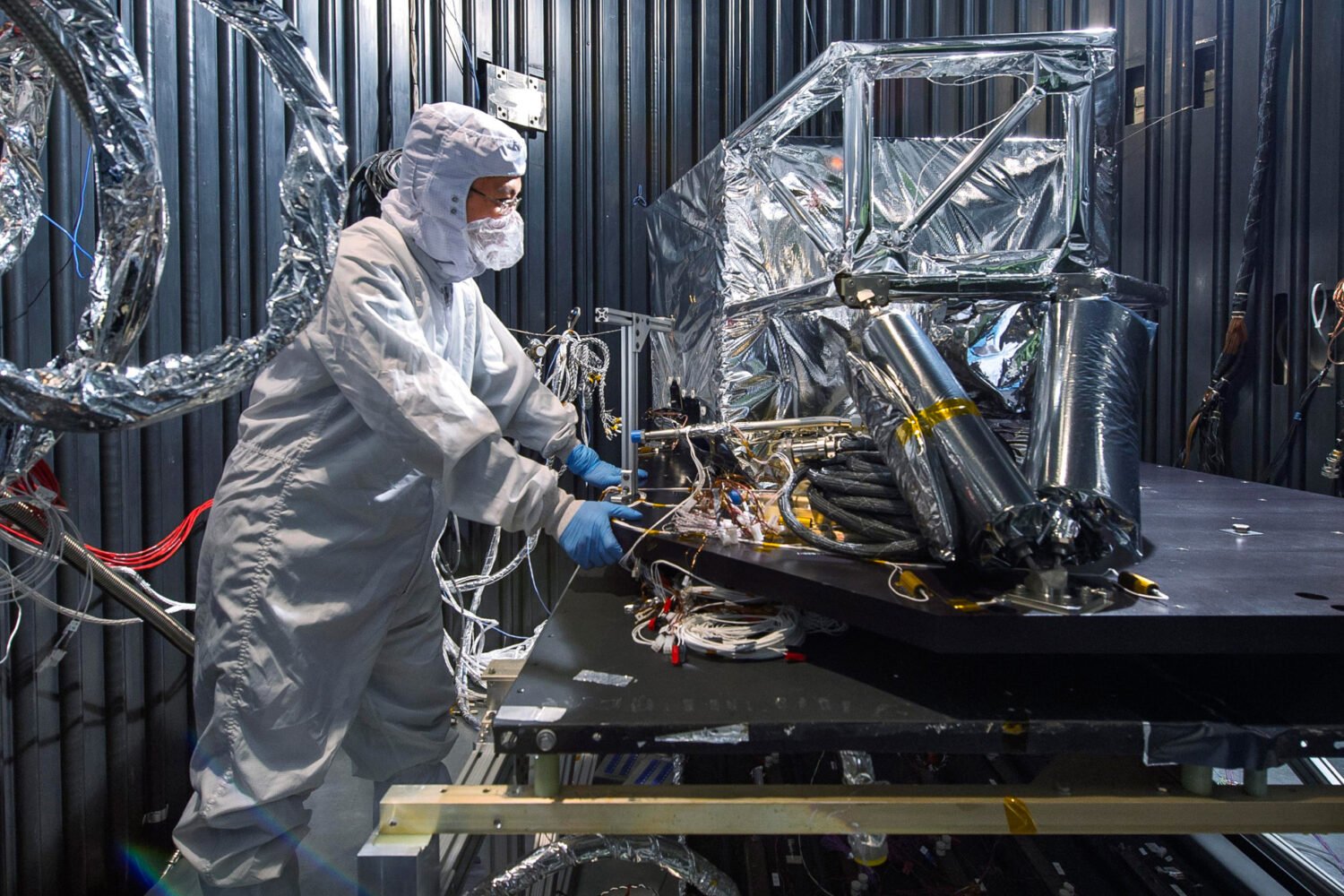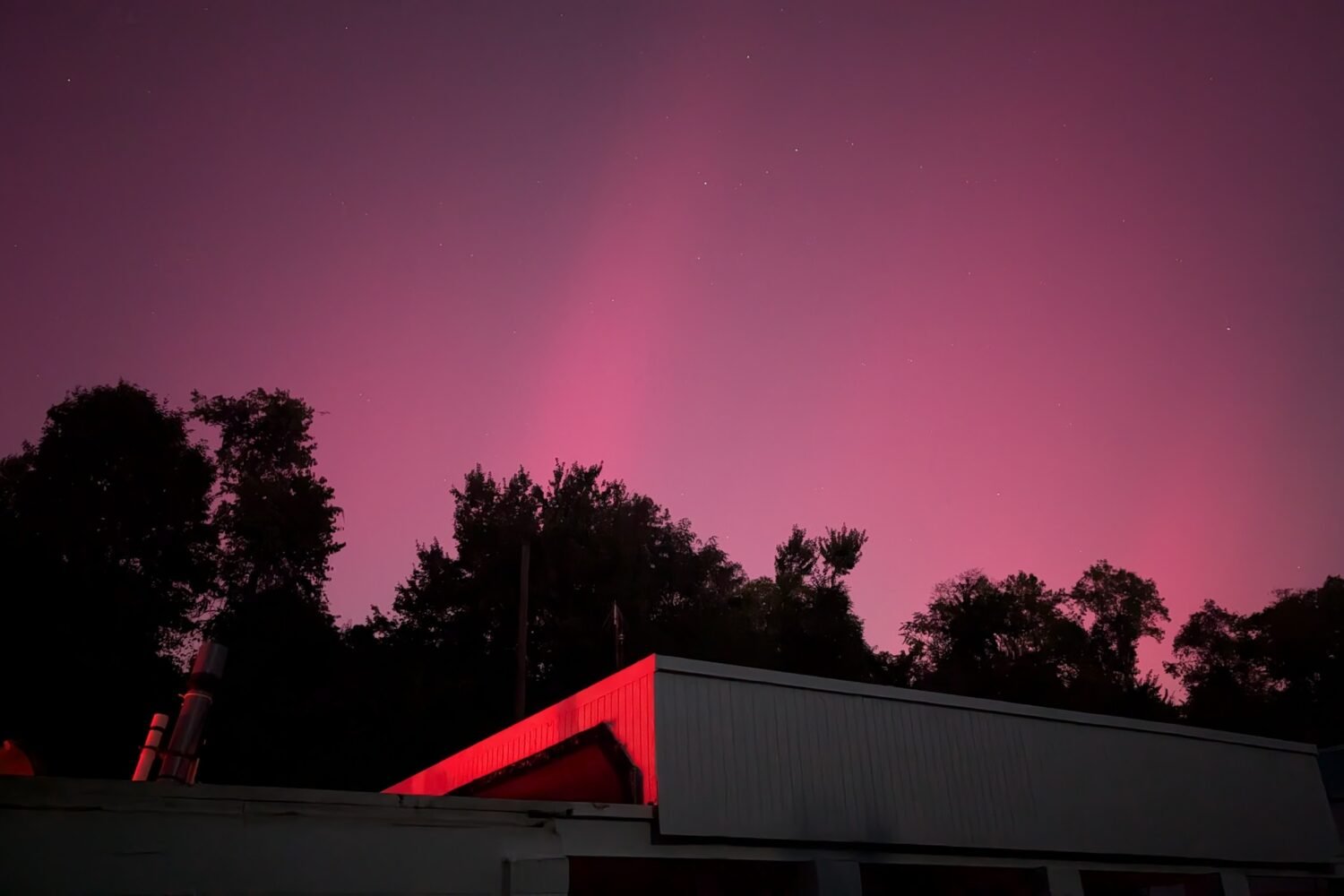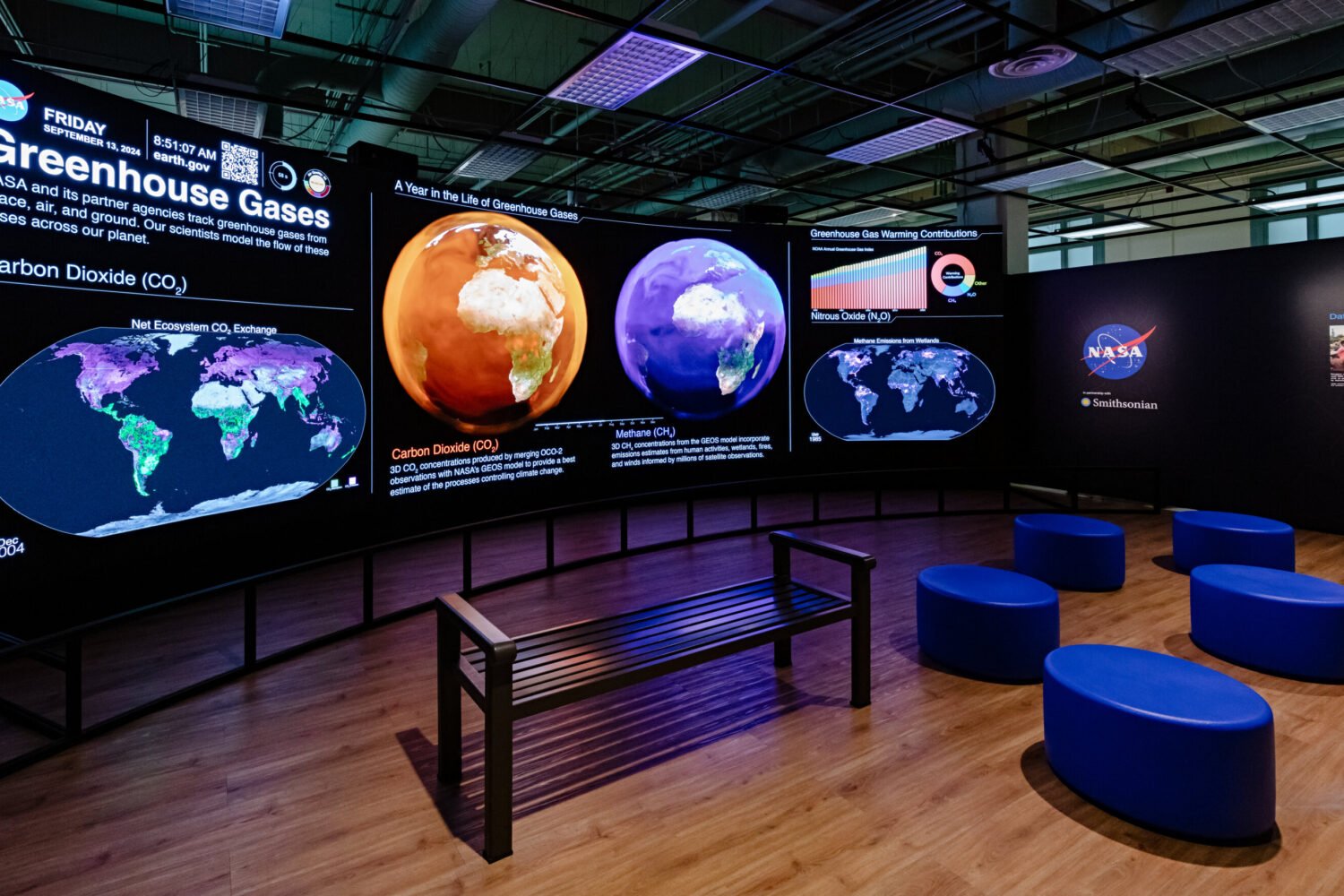UPDATE 4/17/13, 5 PM: Launch has been aborted due to a “premature dislocation of one of the umbilicals” that is vital to the launch process. The launch could be rescheduled for this time tomorrow or Friday.
Until now, if you wanted to see a big, bright rocket launch in the US, you had to go to Florida or California. But here’s a little-known fact: NASA has a launch pad at Wallops Island, Virginia, on the Eastern Shore, at which a launch is scheduled for Wednesday evening that should be bright enough and big enough to be seen from the Washington area without a telescope. Look 10 degrees above the horizon and hope the launch is delayed until dusk, because a darkening sky makes for an even bigger show.
The orbital test run of the liquid-fueled Antares, a first for this particular space vehicle and a first for Wallops, has been described as the beginning of a new era in space exploration and competition. Instead of between two nations, however, this 21st-century space race is a competition among commercial interests.
If all goes well on Wednesday, Antares’s next job will be to deliver a payload to the International Space Station in the summer.
The launch window is from 5 to 8 PM and could be postponed if the sky is cloudy (which is in the forecast). Because this launch is a rehearsal, the owners of the rocket, Orbital Sciences Corporation of Dulles, Virginia, want to be able to see it clearly from the moment it leaves the launch pad. A rehearsal also allows for a wide window; for an actual launch it would be narrower due to requirements of orbit and intersecting with the space station.
The best way to stay up to date on Wednesday’s launch details is at the NASA/Antares website. The website also includes information about good viewing sites near Wallops.
To find out more about the launch, we talked with General Mike Hamel, Orbital Sciences senior vice president of corporate strategy and development. He has been with Orbital Sciences for four years after a career in the Air Force, where he oversaw all Air Force space operations and programs. A spokesman for Orbital Sciences said, “There aren’t too many people who know rockets better than Mike.”
Here’s our conversation with Hamel.
Where are you right now?
I’m at Wallops Island, but our headquarters are in Dulles, Virginia. We’re a locally based company that began 30 years ago.
How did you get to this moment?
A number of years back NASA began a commercial cargo resupply program for the International Space Station. It awarded two contracts for the cargo resupply and required development of new launch vehicles as well as a service module to be able to rendezvous with the space station and successfully dock. The SpaceX corporation has successfully done this over the past year. Orbital Sciences received its contract a year later than SpaceX, so this is our first test launch.
What can you tell me about the vehicle?
It’s what we refer to as a medium-class launcher. It will take a payload of five tons into orbit. Because it is a test launch it will be a simulated payload, not operational. However, a couple of research satellites will be deployed in space with this operation.
How much of a factor is the weather for this particular launch?
We are going to be very conservative with this first launch with everything from cloud cover to winds on the ground and in the upper atmosphere. We want the highest probability of success and the most access to data. There are criteria for how high a cloud deck there can be. We would like to track it as far into its trajectory as possible to observe all the behaviors of the rocket.
When is the next launch window?
If there’s some reason we can’t launch today, we will launch tomorrow within the same times.
This is the test run—when is the real thing?
Our first cargo delivery will be in the summer. We currently have the cargo and vehicle physically at Wallops, and it is being fueled at the NASA site, ready for launch.
Will there be other launches from Wallops?
Our operational cargo delivery contract with NASA calls for us delivering 20 tons of cargo to the space station over the next three years. That translates to eight operational flights, two to three times a year.
In other words, there will be lots of opportunities for people on the mid-Atlantic coast to see launches?
Absolutely. There’s going to be a substantial number this year as well as in the years to come. In addition to our Antares we have a couple of smaller payloads coming up this year. We have the first launch of our Minotaur V vehicle that will launch with a NASA satellite out of Wallops later in the summer. We have another Minotaur launch after that. Altogether, we will have four or five major launches out of Wallops Island this year.
Your launch window this evening is from 5 to 8. What happens if it gets dark?
Not terribly critical. There will be times we have to fly the vehicle in the middle of the night to meet the [orbit of the] space station, but we prefer daylight. We are in the countdown now. Right now launch is oriented between 5 and 7.










